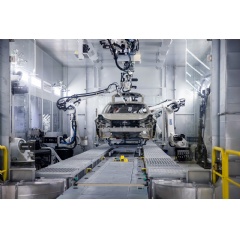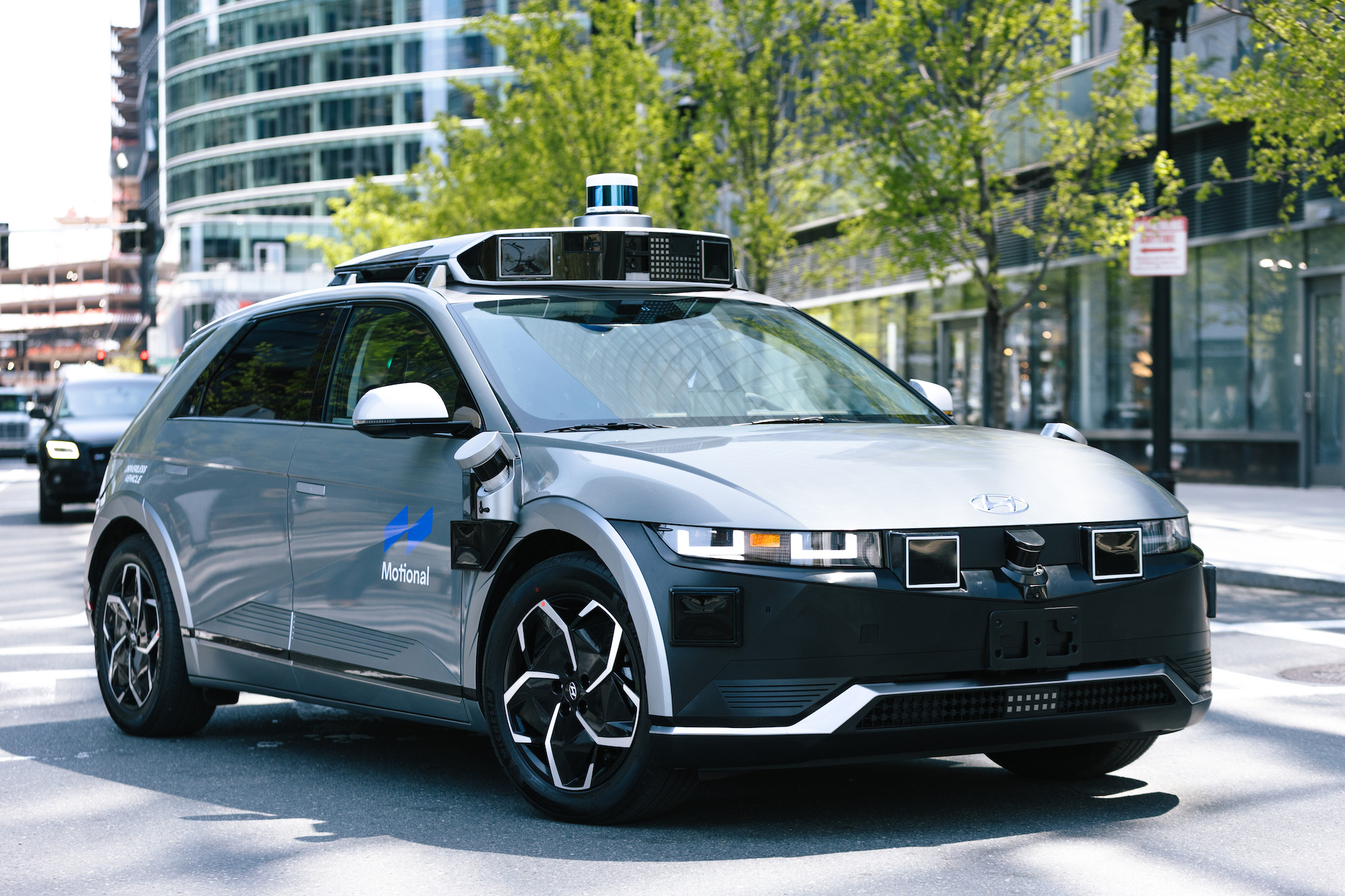idriveacar
Member
Road signs are regulated and relatively consistent. They have to make sense so NN training can be used to extract relevant contextual info and put it into the driving stack. That's mimicking what human drivers do while driving.
Keeping a city map up-to-date and in-sync in real-time is going to involve an immense amount of overhead. That's probably one reason why Tesla never went that route.
regulated and fairly consistent
I'm not sure you understand the real difference between a driverless robo-taxi and an ADAS. Admittedly, Tesla has done a great job at obfuscating the issue.
A driverless vehicle cannot operate on roads where the road signs are only "fairly consistent" without some human in the pipeline to make decisions about new signage. You cannot have a fleet of tens to hundreds of thousands of vehicles making illegal maneuvers because the city council put up a one off sign somewhere that day. This is an unacceptable disaster scenario. Also consider the helpless passengers who are only able to watch as the car "guesses" about what it's supposed to do.
The cars must detect a situation that they do not understand and have a means of getting a human to make the final policy decision. Anything less than that, and you are actually talking about the invention of AGI.
The human in the FSD system is a critical component, just as the remote human operators are for driverless robo-taxies. Tesla will not be able to remove the human without putting the same "limitations" in place that the robo-taxi companies are launching with.
Tesla sidesteps all these issues by relying on the human to make these policy decisions. This is absolutely fine for an ADAS, and I'll be very happy to use FSD in that capacity when (if) it's finally safe enough and released. And maaaaaaaaybe, one day, FSD will be a platform upon which an actual robo-taxi service is built.
But make no mistake: Teslas are not becoming driverless without major changes to their approach, which will necessarily include high resolution maps and remote operators.
Also maps do not require as much maintenance as you think they do. Mapping happens while the driverless cars are doing their routes. Also, consider this: if roads aren't traveled enough to be kept up to date, a robo-taxi service has an army of autonomous vehicles they can dispatch to an area to update the maps for them.




/cdn.vox-cdn.com/uploads/chorus_asset/file/10752837/acastro_180430_1777_tesla_0002.jpg)


